Leadership Profile: Pippa Nissen
Continuing our Leadership Profile series, we had the pleasure of speaking with Pippa Nissen, Founder and Co-Director of Nissen Richards Studio, in an exploration of her career experiences and approach to leadership.
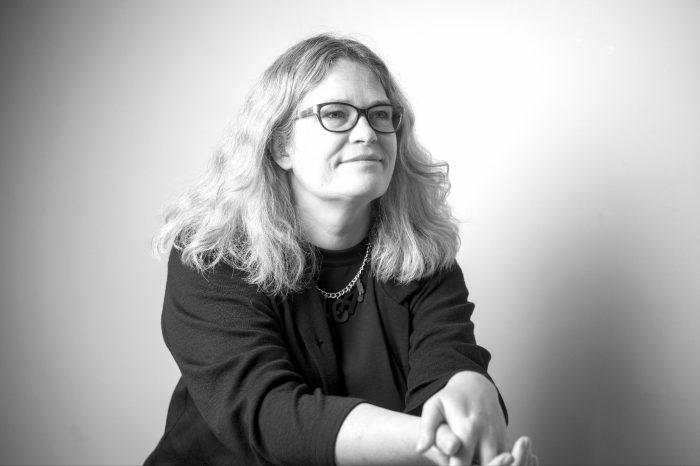
Please could you introduce yourself and your role?
My name is Pippa Nissen and I’m the Founder and Co-Director of Nissen Richards Studio. We’re a London-based architecture and exhibition design practice, comprised of architects, graphic designers, film-makers, animators and interpretation experts and we’re specialists in the cultural sector. In the UK, for example, our clients include The British Museum, The National Portrait Gallery, The Science Museum, The Courtauld, Wordsworth Grasmere, National Trust, Historic Royal Palaces, The Imperial War Museum, The Wellcome Trust, The Fitzwilliam Museum and The Wallace Collection amongst others.
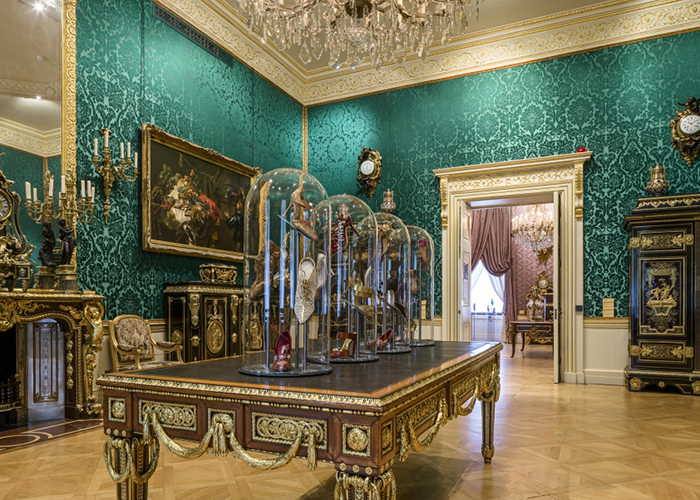
Exhibiting Manolo Blahnik’s shoes within The Wallace Collection
How would you describe yourself as a leader?
For me, leadership is about making sure everyone on our team takes ownership of our projects. Of course, there’s a hierarchy and myself and Co-Director Jim Richards take the lead in terms of refining the creative vision for each project and making sure the client is happy, but we’re also great believers in our studio’s particular design process. Deep research is the only way to create a great final outcome and this means trusting the individual voices of our team, so that the outcome is a considered and complex series of voices. You might liken it to bringing together a choir or the way a theatre director finds the right phrasing through exhaustive workshops, ensuring that everyone buys into a vision that’s greater than any one person’s viewpoint.
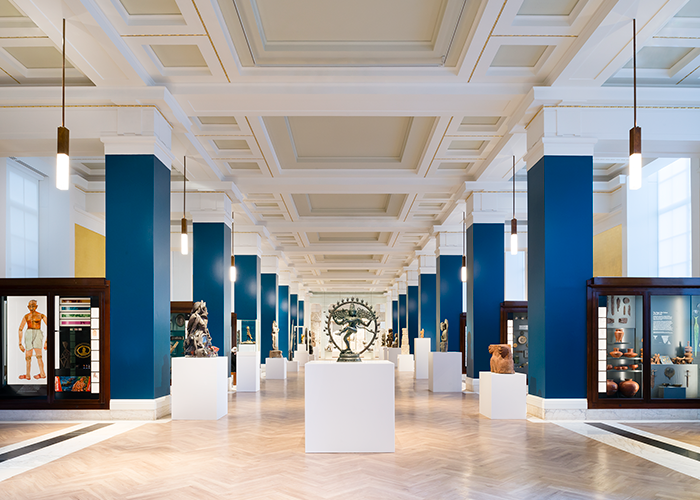
The Hutong Gallery, British Museum by Nissen Richards. Copyright Jim Stephenson 2017
What career experiences have particularly influenced your approach to leadership?
In my twenties, I worked in male-oriented and hierarchical architectural practices, where younger team members were given less ownership. It didn’t work for me. In fact, I felt quite lost, but I discovered at least I’m very much a carrot, not a stick, person and need encouragement – and that this wasn’t how I wanted or needed to work.
A more positive example was very recent, through working with The National Library of Norway, where I was really struck by the immense respect everyone in the room had for each other’s opinions. Everyone had a voice and everyone was really listened to. It made the process so enjoyable.
I’ve certainly learnt that developing very tight professional methodology is a great way to ensure both good leadership and good teamwork – and that keeping calm at all times helps greatly when it comes to hard decision-making.
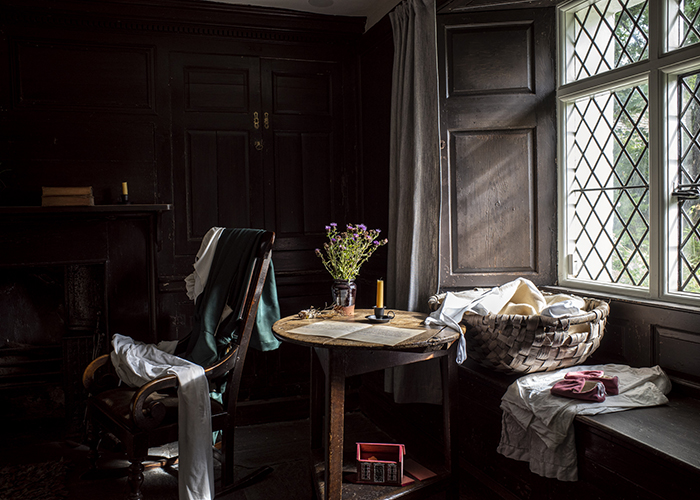
Re-imagining Dove Cottage, the former home of the poet William Wordsworth
Is there an aspect to leadership which you particularly enjoy, an area which you find particularly interesting or an aspect which you feels needs increased visibility or support?
I particularly enjoy leading projects where the challenge is very complex or where the client body is complex. There’s a lot of talking to be done in these circumstances to find ways to connect before turning to practicalities. Creating a can-do atmosphere is also an important part of leadership, as is positively enjoying the differences between people and celebrating individuality.
Nissen Richards Studio has been leading a new postgraduate teaching unit at the School of Art, Architecture and Design, London Metropolitan University for the past couple of years and that’s also been a great experience in terms of learning how to tease out people’s creativity without a set style in mind and then unleashing that creativity through inspiration rather than dogmatic direction.
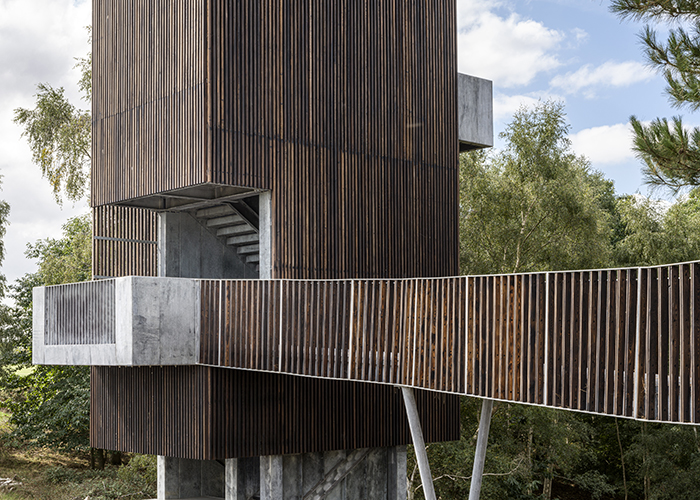
The RIBA Award-winning Viewing Tower at Sutton Hoo
What challenges has the covid pandemic created for you as a business and how did you resolve them / are you resolving them?
There was the obvious economic challenge to start with of projects that were paused, but luckily we work on long-term as well as shorter-term projects and there was enough on the drawing board to get us through.
Something that became quickly obvious was the new space opening up in the media, as the pace of everyone’s work slowed, to think openly about what we were all going through and what it might mean. The additional time and space we had to think about things meant that we developed interesting points of view and, in that sense, it was actually a very creative time.
We started the postgraduate teaching unit mentioned above and we also started a new website called ‘A Museum for Now’ (www.amuseumfornow.com), where we pondered what museums could and should be. Finally, we wrote extensively about the new lessons we were learning for all kinds of press titles, culminating with an invitation from the RIBA to be chapter editors for the Cultural and Civic section of a new future-facing book called ‘Rethink’. We invited partners, clients and collaborators to explore the new horizons with us.
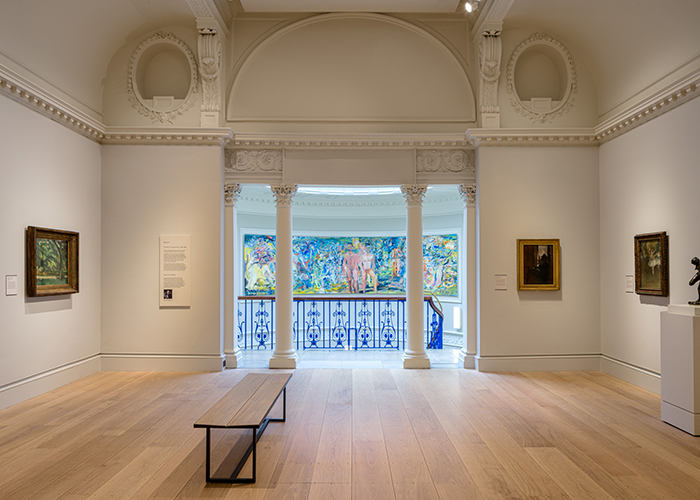
The refurbishment of The Courtauld Gallery
What do you think are the biggest challenges facing the design industry today?
The biggest challenge has to be becoming properly sustainable and carbon-neutral, looking at what we build, where we build and where everything we use has come from.
A second great challenge is true inclusivity and designing everything for everybody, so that all people think an environment been designed just for them and experience it seamlessly.
The third is how to cope with both the unpredictability of supply lines and costs in the current market, along with lowered project budgets. It’s a tough scenario to navigate currently.
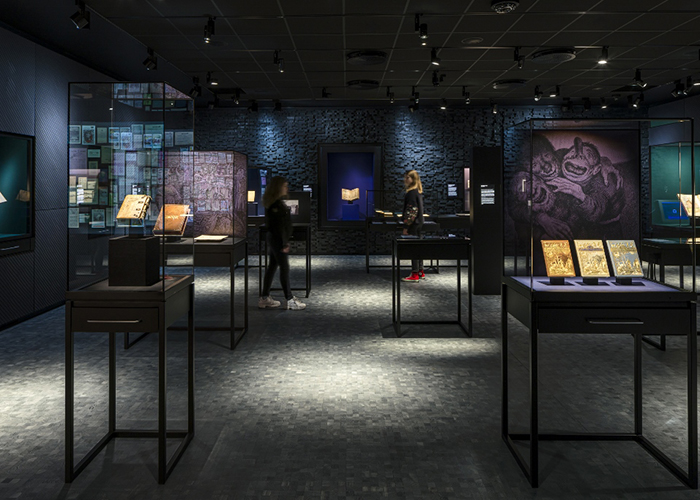
Opplyst for The National Library of Norway
What is your personal design vision?
I like design to be as complex as life itself, rather than having a single or simplified dominant idea. I like design to be playful and not over-earnest. Of course, I like beauty too – otherwise, I probably wouldn’t be in this profession!
Do you think leadership can be taught? Are there any areas of leading a business you would like to be better at personally?
I do think leadership can be taught, or at least approaches to it can be taught, including how to be professional. I used to mark Part III Architecture papers and part of that was guidance in being professional. ‘What would you do if a building site was on fire?’ for example – making sure that people understand it’s about seeking the right advice and calmly working through balanced actions, enabling them to make the best judgement they can.
I particularly enjoy the galvanising aspects of leadership. Sometimes I’d like to be better at knowing when to stick my neck out on a project and push my own voice further.
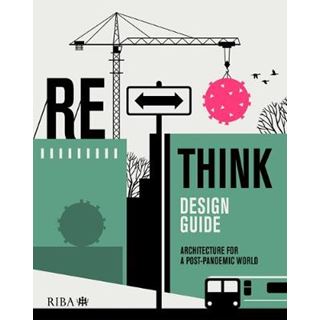
The ‘RE-THINK’ book, whose Cultural and Civic chapter was edited by Nissen Richards Studio during the pandemic
What advice would you give to someone trying to build a new team and company for the first time?
Employ clever people who enjoy what they do!
Ensure a good balance of personalities.
Charge enough for what you do.
Always be on top of cashflow.
Be nice and make sure design is enjoyable. It’s supposed to be!
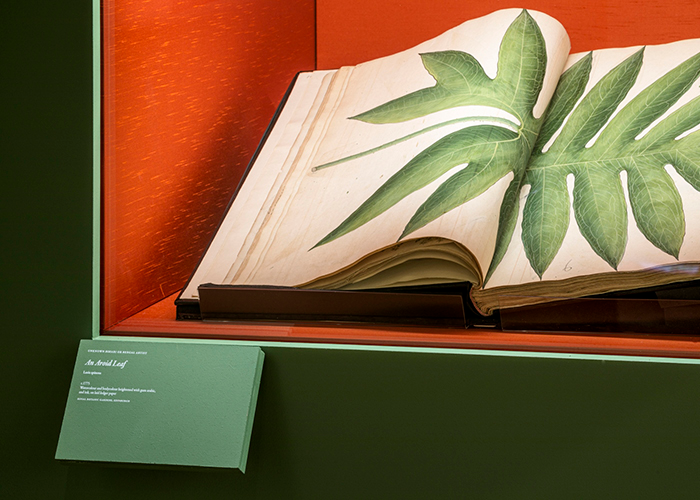
Detail From Forgotten Masters for The Wallace Collection





